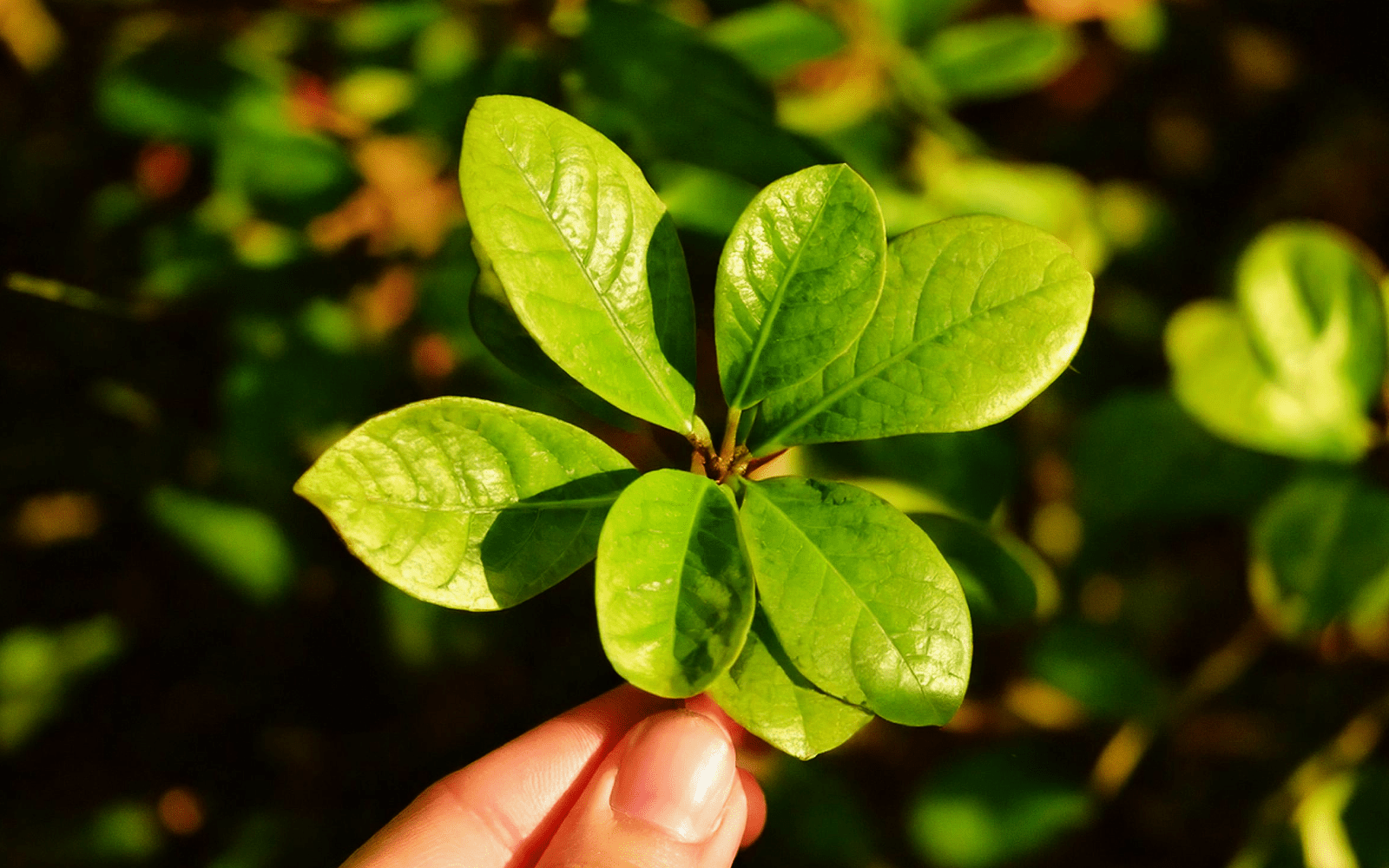
Wintergreen Tea: Discover the Hidden Treasure of the Boreal Forest and Its Health Benefits
Imagine yourself deep in the forest, the cool air brushing against your face, the scent of pine and fir trees surrounding you. Suddenly, you come across a carpet of dark green leaves speckled with bright red berries: you've just encountered Wintergreen Tea, or Gaultheria procumbens. A humble plant, yet full of secrets and health benefits. Join us as we explore this gem of the boreal forest.
What is Wintergreen Tea? Discover Its Benefits and Origins
Botanical Name: Gaultheria procumbens
Wintergreen is a small, evergreen shrub in the Ericaceae family, known for its leathery, glossy leaves that stay green even under snow. In summer, tiny white flowers turn into juicy, red, edible berries. These berries, with their sweet and tangy flavor, resemble peppermint and are an important food source for wildlife.
Where to Find Wintergreen Tea: Its Natural Habitat
Native to North America, Wintergreen thrives in the cool, shaded understory of coniferous forests, particularly in regions like Quebec’s Mauricie, Saguenay-Lac-Saint-Jean, and Gaspésie. This resilient plant flourishes in the boreal ecosystem, making it an essential part of our natural heritage.
Health Benefits of Wintergreen Tea: Medicinal Properties and Uses
Wintergreen tea is celebrated for its numerous therapeutic properties. Rich in salicylates, it offers powerful anti-inflammatory and analgesic benefits. It is commonly used to relieve muscle and joint pain, headaches, and respiratory congestion. Its natural antiseptic and digestive properties make it an excellent choice for overall wellness.

Wintergreen: Anti-inflammatory and Analgesic Benefits
Wintergreen (Gaultheria procumbens) contains methyl salicylate, a compound similar to aspirin, offering potent anti-inflammatory and analgesic properties. This makes it an excellent natural remedy for relieving muscle pain, headaches, and discomfort associated with rheumatism.
Natural Decongestant and Expectorant
Known for its ability to thin mucus, Wintergreen helps clear the airways during colds and sinus infections. Its expectorant properties make it a valuable ally in respiratory health.
Digestive Health Benefits
Wintergreen is also beneficial for digestive wellness. It can help reduce bloating, alleviate intestinal cramps, and promote better digestion by stimulating digestive juices, leading to improved digestive comfort.
Traditional and Modern Uses of Wintergreen
For centuries, Indigenous peoples of North America have used Wintergreen to relieve pain, headaches, and cold symptoms. Today, it continues to be featured in many home remedies and is also valued in modern medicine for its effectiveness in joint pain relief and digestive support.
Wintergreen in Food and Beverages
With its refreshing, minty aroma, Wintergreen is a sought-after ingredient in the food industry. It’s commonly found in products like candies, syrups, and sodas. This versatile plant can also be enjoyed as an infusion or added to marinades and desserts for a unique, natural flavor.
How to Grow Wintergreen (Teaberry) in Your Garden: A Complete Guide
Why not invite wintergreen into your garden? This hardy plant thrives in acidic, well-drained soils and enjoys cool, shady spots. Low-maintenance and disease-resistant, wintergreen adapts well to various environments, making it an excellent addition to your garden.
Harvesting, Drying, and Brewing Wintergreen Tea
When to Harvest
Wintergreen leaves can be harvested year-round, but the highest concentration of methyl salicylate occurs in spring and summer during the flowering season. To ensure the plant's health, only pick a few leaves from each stem.
How to Harvest
Use clean pruning shears or scissors to cut the leaves at the base of the stem, leaving a small portion attached to the plant.
Drying Methods
To dry the leaves, spread them in a single layer on a tray in a dry, well-ventilated area, away from direct sunlight. Turn them regularly until they become brittle. Store the dried leaves in an airtight container, away from light and moisture.
Brewing the Perfect Wintergreen Tea
- Boil water.
- Add 1 tablespoon of fresh or dried leaves per cup.
- Let it steep for 10 minutes.
- Strain and enjoy!
Add honey or lemon, or mix with peppermint or chamomile for a unique flavor twist.
With these easy steps, you can fully enjoy the benefits of wintergreen tea!

Peppermint vs Wintergreen: Differences, Benefits, and Properties Compared
Botanical Origins and Characteristics
Peppermint (Mentha × piperita) and Wintergreen (Gaultheria procumbens) are two distinct plants with unique properties. Peppermint, a member of the Lamiaceae family, originates from Europe and Asia. In contrast, Wintergreen, a member of the Ericaceae family, is native to North America.
Aromas and Flavors
While both plants share refreshing notes, their scents are distinct: peppermint has a sharp, slightly sweet aroma, while Wintergreen offers a mentholated, spicy fragrance often compared to root beer. These differences arise from the essential oils they contain: menthol in peppermint and methyl salicylate in Wintergreen.
Uses and Health Benefits
Peppermint is widely known for its digestive, antispasmodic, and stimulating properties. It is perfect for relieving nausea, headaches, and indigestion. On the other hand, Wintergreen, with its anti-inflammatory and analgesic benefits, is commonly used to ease muscle and joint pain.
Discover the Power of Nature’s Botanicals
Both of these plants offer unique health benefits, making them valuable additions to any wellness routine. Whether you're seeking relief from digestive issues or muscular discomfort, peppermint and Wintergreen are versatile options for enhancing your well-being.

Discover the Unique Flavours of the Boreal Forest: An Invitation to Explore Floèm’s Infusions
Immerse yourself in the natural wonders of the Quebec Boreal Forest with Floèm’s handcrafted herbal infusions. Experience the exceptional taste and health benefits of wild plants, like our signature Labrador Tea. Our carefully curated collection offers a sensory journey through the heart of nature, bringing you the authentic power of medicinal plants. Explore our range today and enjoy the natural wellness benefits of wildcrafted botanicals!
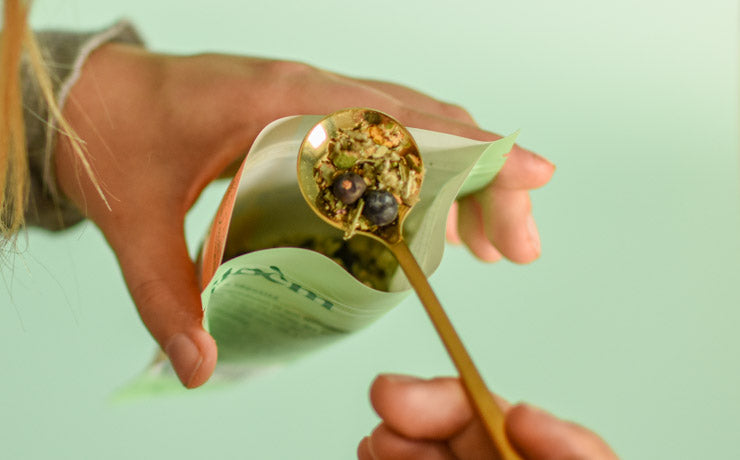
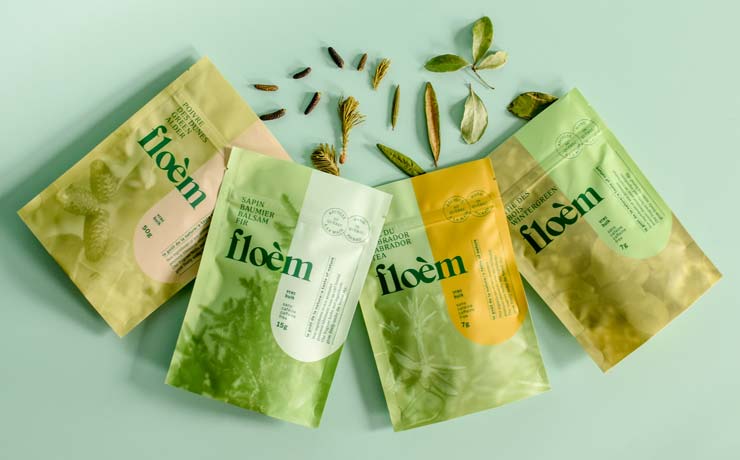
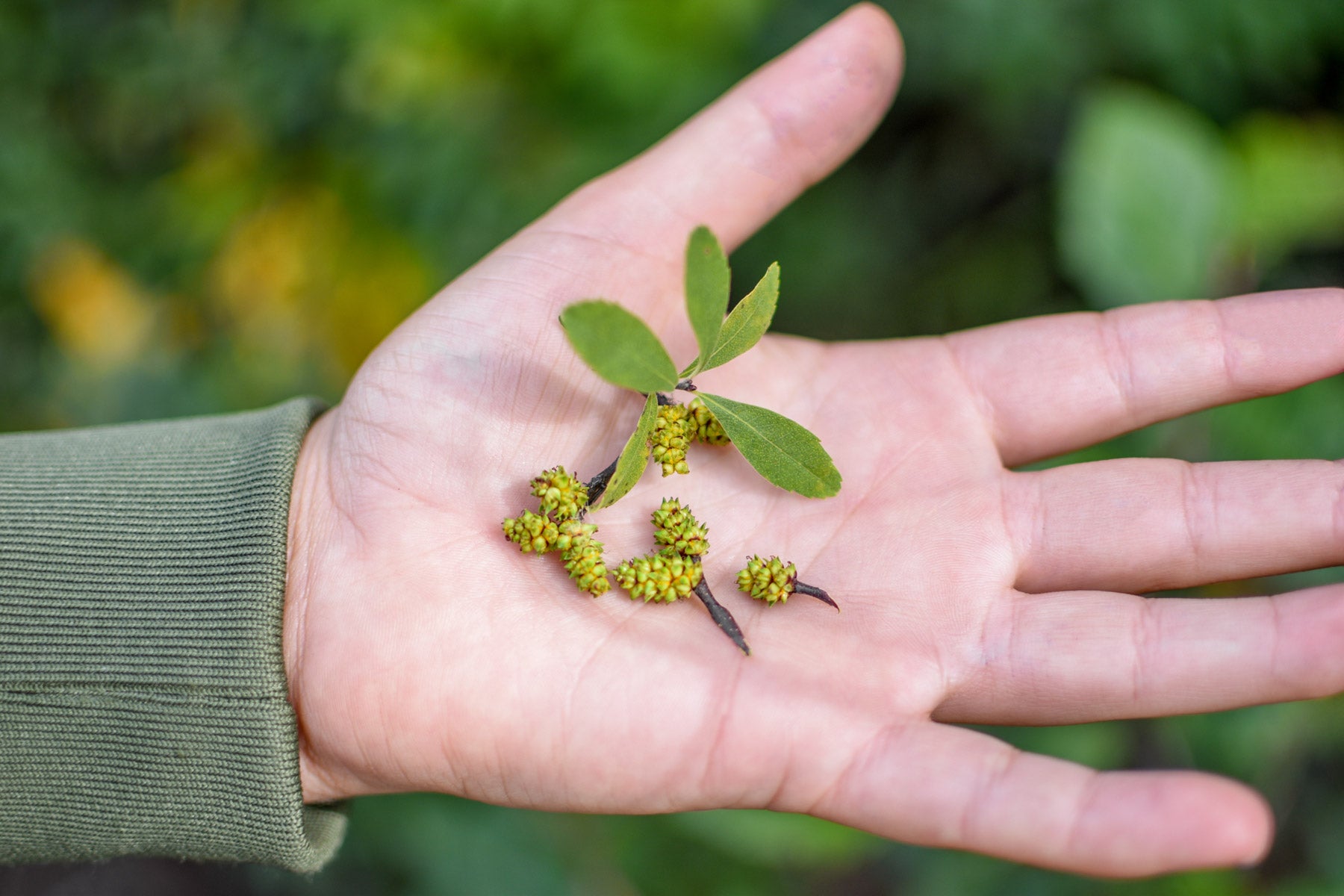





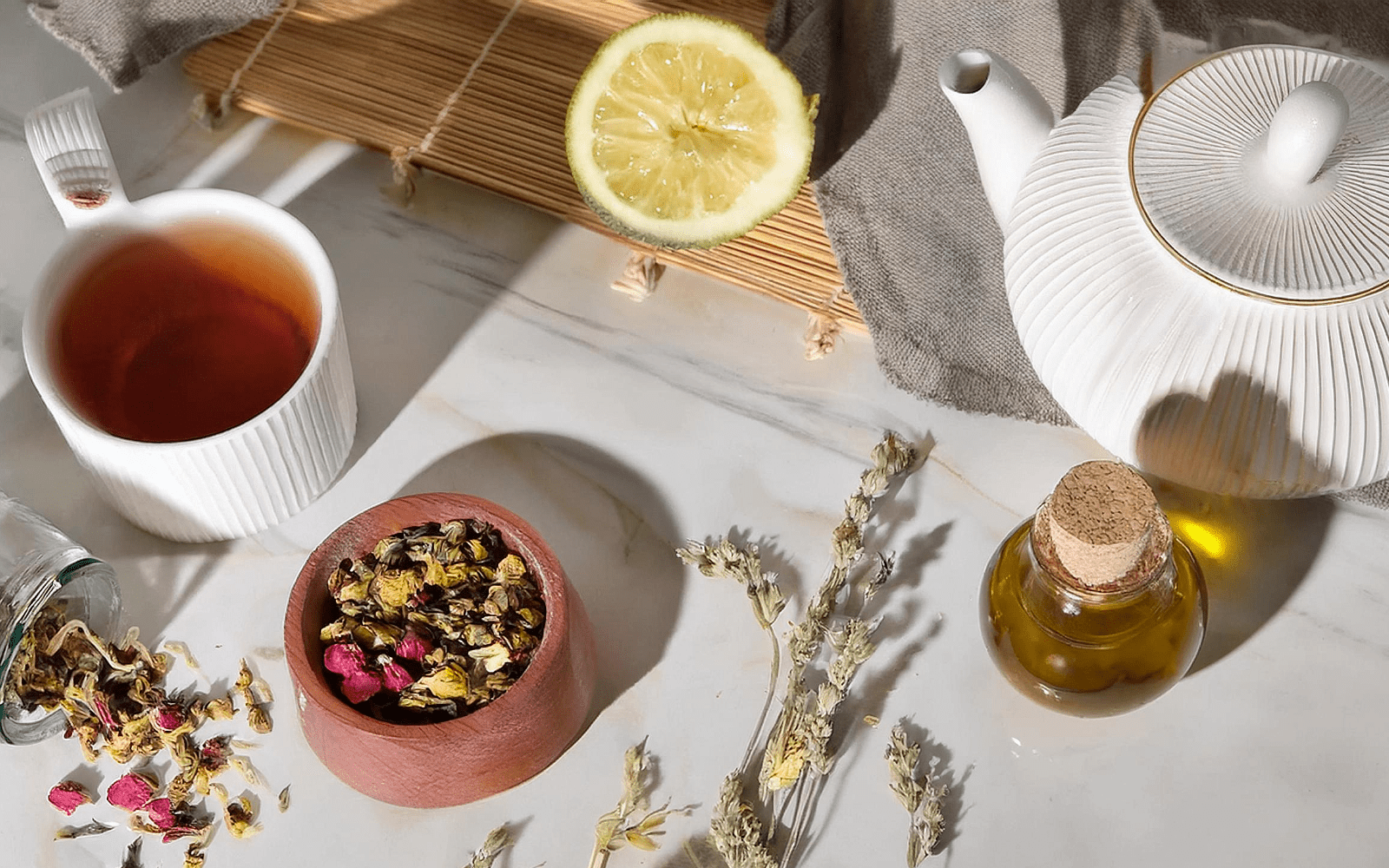

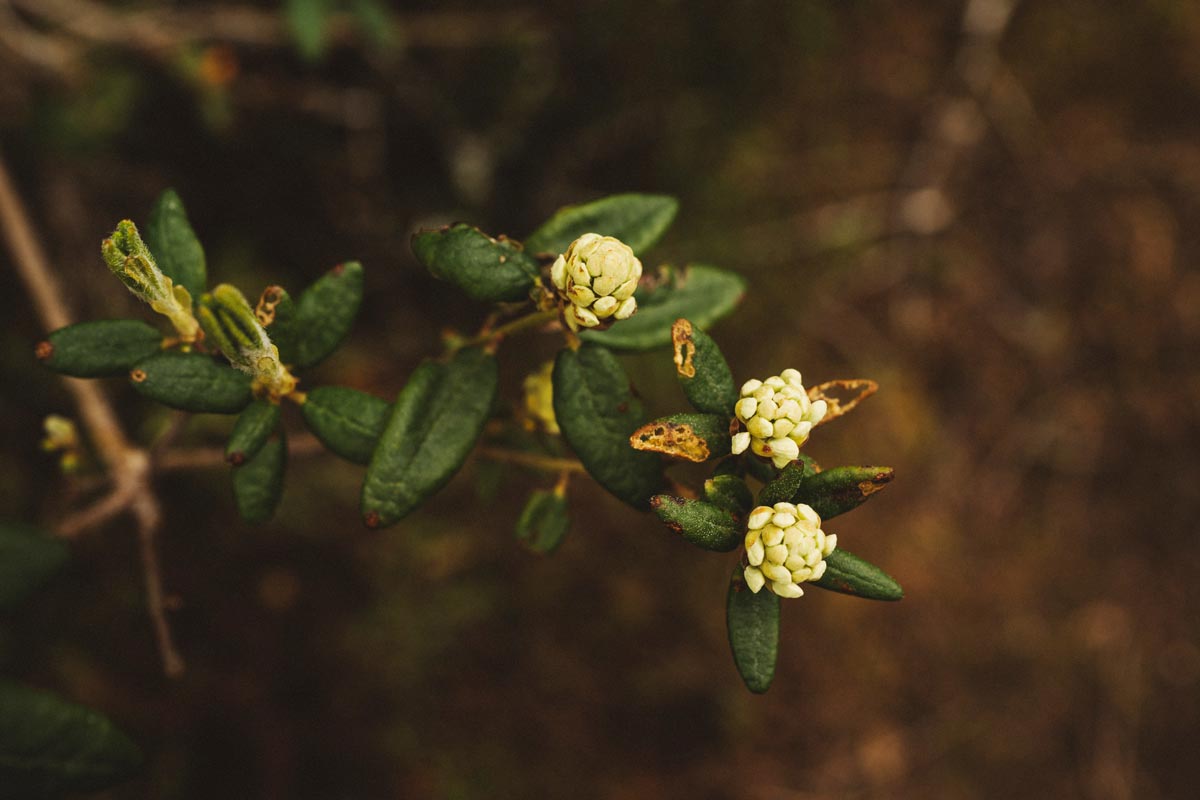
5 comments
Bonjour, je cherche un recette de crème brûlée au thé des bois. J’ai goûté ça au kinipy Spa à Trois-Rivières et c’est excellent! j’aimerais m’en faire à la maison, mais de quel façon j’utilise les feuilles de thé des bois?
Merci
Martine
Bonjour Jocelyne,
Oui le petit fruit rouge du thé des bois est comestible :)
Floèm
Est-ce que le fruit rouge est comestibles.
Jocelyne
Bonjour Celine, bien sûr, voici une recette simple pour faire de la gelée au thé des bois :
Ingrédients:
4 tasses de feuilles de thé des bois fraîchement cueillies
4 tasses d’eau
1 sachet de pectine liquide
3 tasses de sucre
Instructions:
Infusion: Rincer les feuilles de thé des bois à l’eau froide. Dans une grande casserole, porter l’eau à ébullition. Retirer du feu et ajouter les feuilles de thé des bois. Laisser infuser pendant 15 minutes.
Filtration: Filtrer l’infusion à travers un tamis fin ou une étamine, en pressant bien sur les feuilles pour extraire tout le liquide. Mesurer le liquide et ajouter de l’eau si nécessaire pour obtenir 3 tasses de liquide.
Cuisson: Verser le liquide dans une grande casserole et ajouter la pectine liquide. Porter à ébullition à feu vif, en remuant constamment.
Sucre: Ajouter le sucre en une seule fois et porter de nouveau à ébullition, en remuant constamment. Laisser bouillir pendant 1 minute.
Mise en pot: Retirer du feu et écumer la mousse qui se forme à la surface. Verser la gelée chaude dans des pots stérilisés, en laissant un espace de 1/4 de pouce en haut. Essuyer les bords des pots et fermer hermétiquement.
Stérilisation: Traiter les pots dans un bain-marie bouillant pendant 10 minutes. Retirer les pots et laisser refroidir complètement.
Conseils:
Pour une gelée plus ferme, utiliser 4 tasses de sucre au lieu de 3.
Pour vérifier si la gelée est prête, déposer une cuillère de gelée sur une assiette froide. Si elle se fige rapidement, elle est prête.
Vous pouvez ajouter une cuillère à soupe de jus de citron à la gelée pour une saveur plus acidulée.
Conservation:
La gelée au thé des bois se conserve plusieurs mois dans un endroit frais et sombre. Une fois ouverte, conserver au réfrigérateur.
Dégustation:
La gelée au thé des bois est délicieuse sur des rôties, des crêpes, des gaufres, ou comme accompagnement de viandes et de fromages.
J’espère que cette recette vous plaira! N’hésitez pas à me poser d’autres questions si besoin.
Floèm
Bonjour,
Auriez-vous svp, une recette de Gelée au thé des bois ?
Merci
Céline
Leave a comment
This site is protected by hCaptcha and the hCaptcha Privacy Policy and Terms of Service apply.